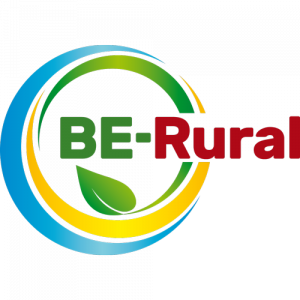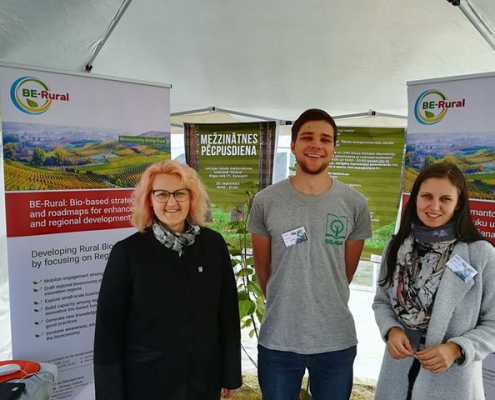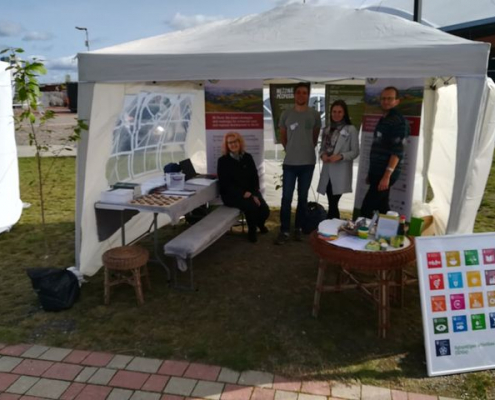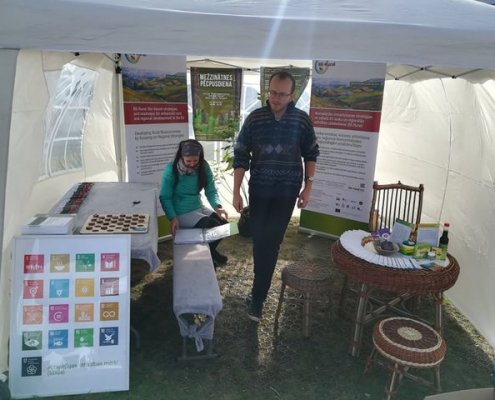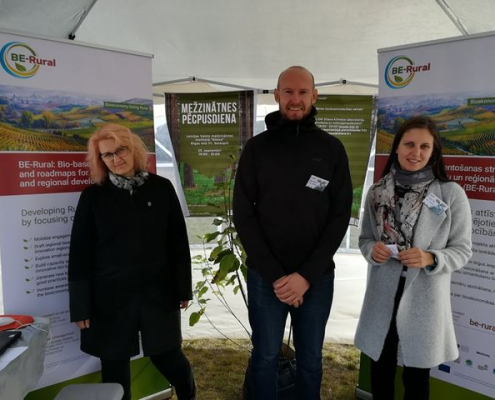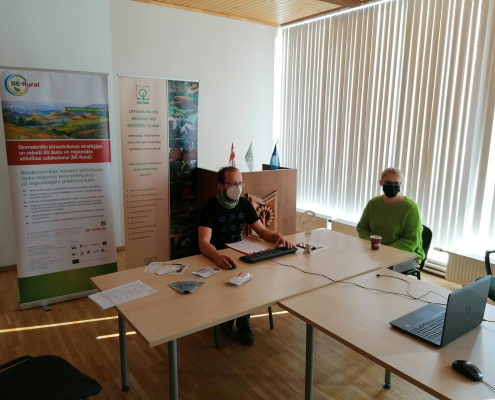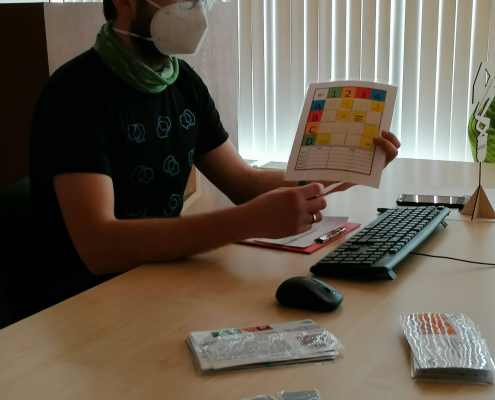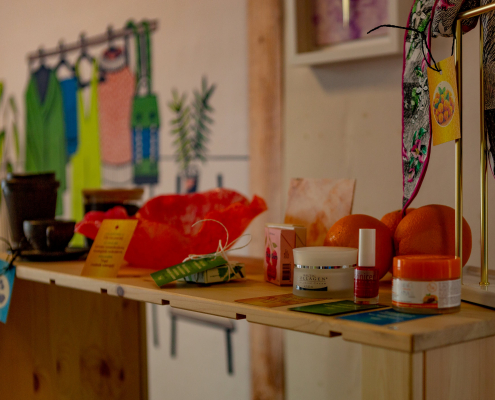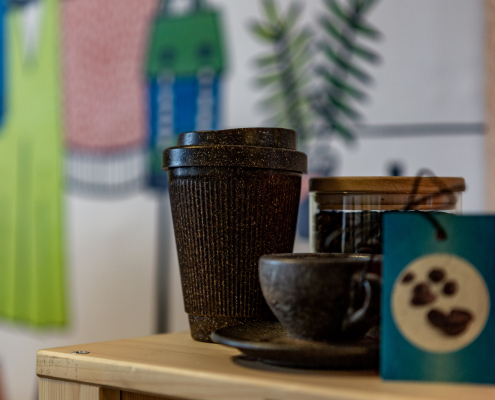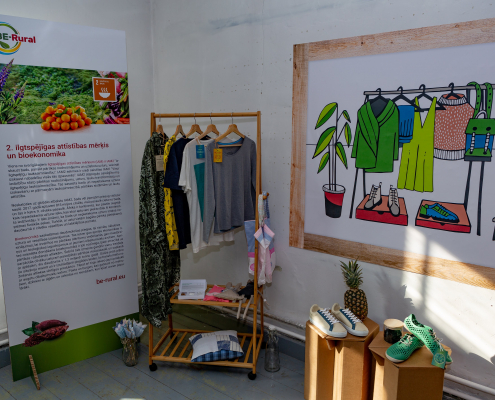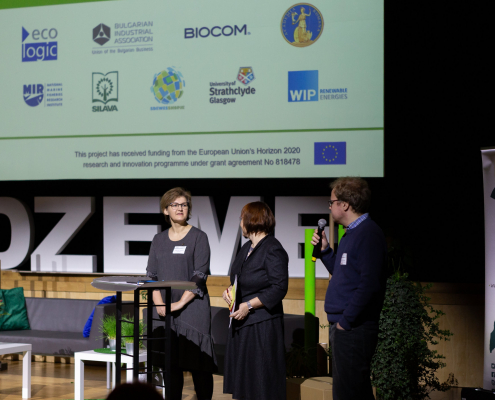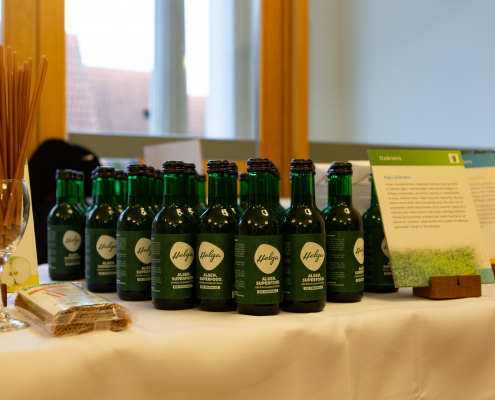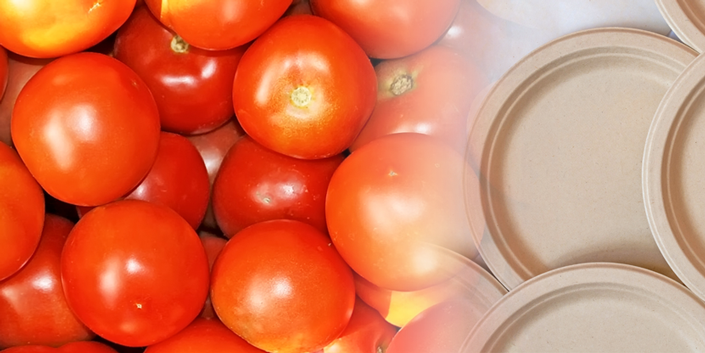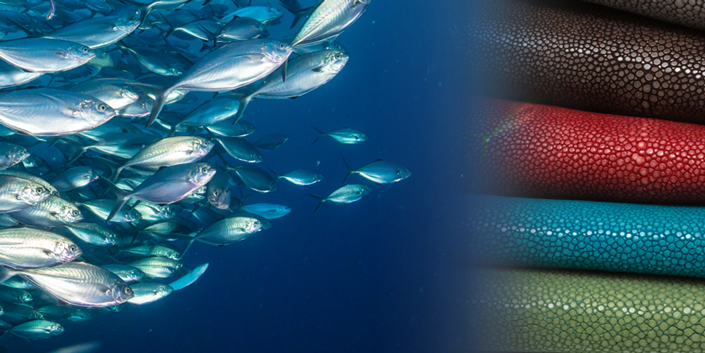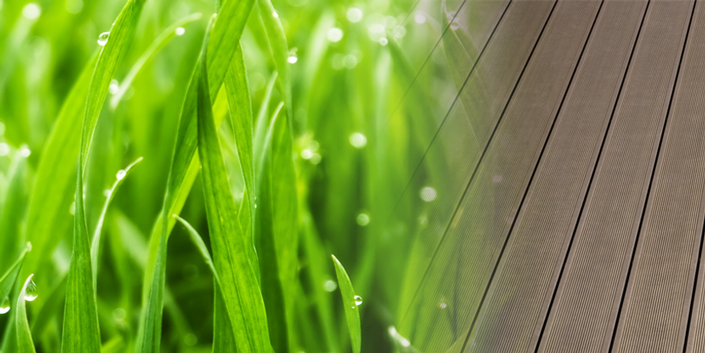Vidzeme Planning Region (VPR) lies in the North East of Latvia. This region is the biggest planning region in Latvia, it covers 15,257 km2 or 24% of the country’s’ territory. The largest area in the region is covered by forest – currently 52% with an increasing tendency over the last years. Agricultural land covers around 34% of the territory. Generally, the region is characterized by a low building density and a high proportion of natural landscapes with low human impact. With 15.8% Vidzeme region has the highest primary sector share (agriculture, forestry, fishery) in amongst all regions in the country. The highest added value in region is generated from manufacturing, agriculture, forestry, fishing, wholesale and retail industries.
Kurzeme Planning Region (KPR) lies in the western part of Latvia. This region covers 13,596 km2 (21% of Latvian territory) with total population of 243,000 people (population density 18 people/km2) where 36.2% of all people lives in rural areas.
The largest area in the region is covered by forest – currently 54% with an increasing tendency over the last years. Agricultural land covers around 32% of the territory. Kurzeme region has the longest sea border in the country – 350 km long sea coast – beach, steep coasts, dunes, coastal villages and towns, great variety of nature and cultural landscapes. More than 90% of all Kurzeme settlements are farmsteads.
Within BE-Rural, the focus will be on the potential of by-products of forest management, such as young forest stand thinning and short rotation coppice. The team will further investigate the value of agroforestry systems of perennial grasses and the production of hay or grass seeds.
National and regional bioeconomy strategy
In 2017, the Latvian government published a dedicated national bioeconomy strategy 2030 (LI-BRA).
